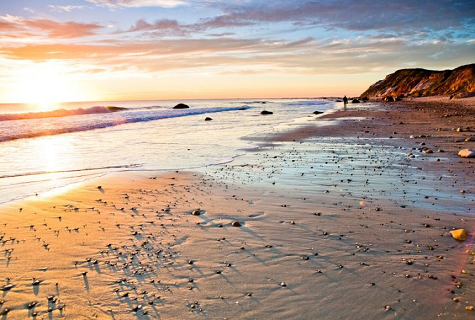Unit 5: Tides
Unit 5: Tides

Unit 5: Tides

Unit 5: Tides
This unit illustrates the forces that generate tides. Students will investigate how tides change daily and the impact of tides on marine organisms.
Tides are the rise and fall of the levels of the ocean. They are caused by the gravitational pull of the Sun and Moon as well as the rotation of the Earth—cycles of a tide cycle as the Moon rotates around the Earth and the Sun's position changes. Throughout the day, the sea level constantly rises or falls. The sea level rises 2. High tide is reached 3. The sea level falls 4. Low tide has reached 5. Back to number 1, this cycle can happen once or twice a day, depending on the area's location relative to the Moon. Tides that occur once a day are called diurnal. Tides that occur twice a day are called semi-diurnal. Because the Earth rotates in the same direction as the Moon, the cycle is slightly longer than a day at 24 hours and 50 minutes. Tides and the Moon While the Sun and the rotation of the Earth both have some tidal impact, the location of the Moon has the most significant effect on the tide. The gravity of the Moon causes a high tide on the side of the Earth directly below the Moon (sublunar tide) and the opposite side of the Earth (antipodal). Low tides are on the sides of the Earth, 90 degrees away from the Moon.
Student Goals
- Define tides.
- Explain the forces that cause tides to occur.
- Describe the differences in tides around the world.
- Explain how tides influence the survival of marine organisms.
Vocabulary
Lesson Reading

